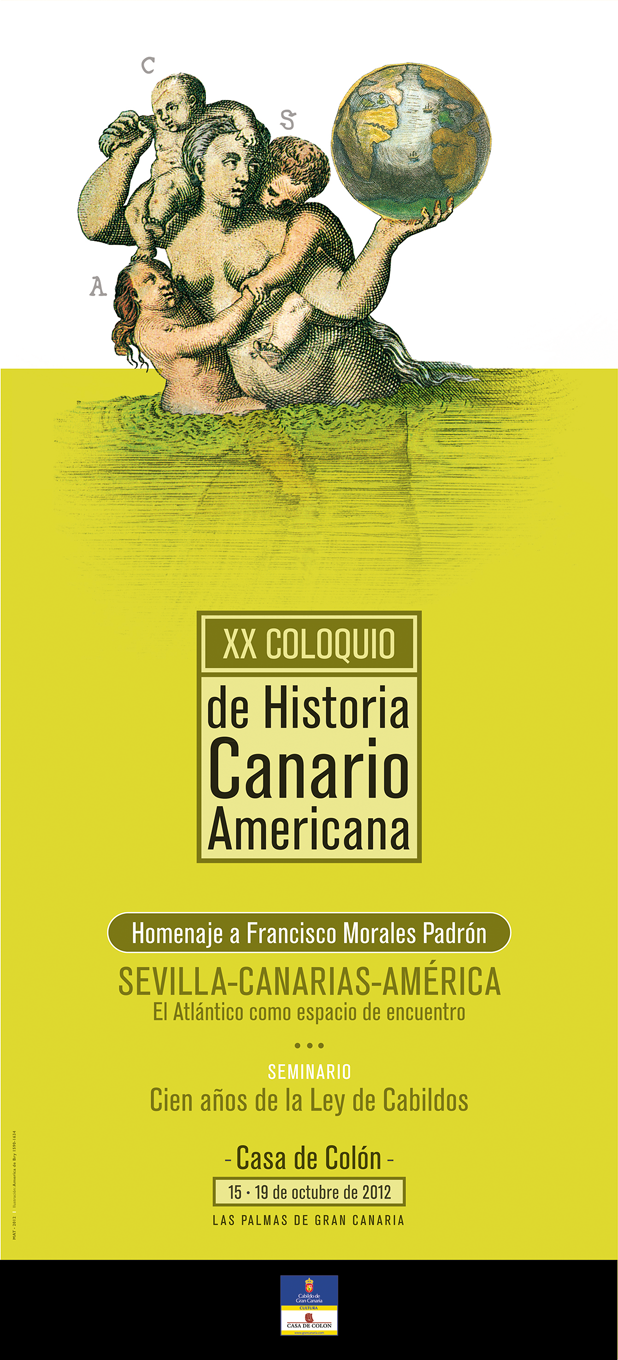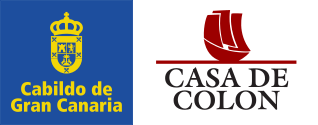El abastecimiento de las primeras flotas a Indias como muestra del comercio interior andaluz. El ejemplo de los productos alimenticios / The supplying of the fists West Indies fleet as an indication of the Andalusian home trade. The example of foodstuff
Palabras clave:
comercio andaluz, itinerarios y medios de transporte, estiba de embarcaciones, armadas a Indias, Andalusian trade, itineraries and means of transportation, stowing of vessels, fleets to the IndiesResumen
Esta comunicación pretende contribuir al conocimiento del comercio interior andaluza nalizando el abastecimiento de alimentos a dos de las primeras flotas a Indias. Se trata de las correspondientes al asiento realizado con Bartolomé Colín, Juan Lucero, Bartolomé de Leza y Fernand Pérez en 1495 y al acuerdo con Juanoto Berardi para el envío de otras cuatro carabelas, suscrito ese mismo año aunque su realización no se produjo hasta comienzos de 1496. El estudio se circunscribe a los productos agrícolas, mayoritariamente de origen local, circunstanciaque no se da en las manufacturas. Su análisis permite conocer los lugares de procedencia y los medios empleados en su transporte y en el acomodo de la carga, tanto durante el acarreo como en la estiba dentro de las embarcaciones. Ello se traduce en la fijación de las tipologías y medidas de los envases y en la secuencia de actuación de los colectivos implicados (barqueros, alameles, carreteros, cargadores).
This paper intends to provide some insight into the Andalusian domestic trade by analysing the food supply of two of the first fleets that went to the Indies. The sources used will be the record that involved Bartolomé Colin, Juan Lucero, Bartolomé de Leza and Fernand Pérez in 1495, along with the agreement they signed with Juanoto Berardi, in which the latter agreed to send four more caravels that same year, though it was not executed until the beginning of 1496. The study will confine itself to agricultural goods, especially local items, a fact that happens to be uncommon in manufacturing. By their analysis we expect to find their provenance and the means of transportation used to transport them and to fit the cargo, both during their conveyance and the stowing of the vessels. Thi swill lead to the consolidation of the types and sizes of the containers, as well as the modus operandi of the professionals involved (boatmen, cart drivers,dockers).




